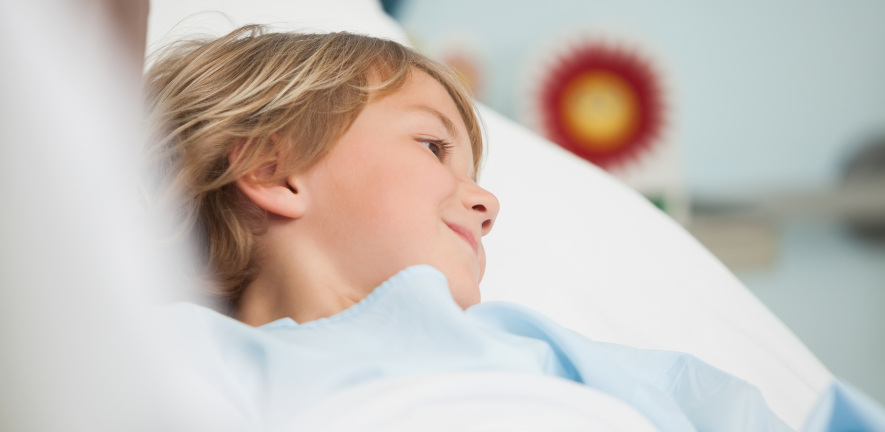
Submitted by Livia Harriman on Wed, 10/04/2024 - 14:38
European experts caring for young patients with a specific type of brain cancer have – for the first time – agreed and published freely available guidance outlining how best to treat them.
The guidance looks at current treatments for patients with a rare type of tumour called Central Nervous System Germ Cell Tumours – or CNS GCTs – which affect the brain. It highlights ways to improve care for CNS GCT patients and priorities for future research into this type of tumour.
CNS GCTs are most common in teenagers, although they can develop in patients aged from 0 to 30. More males than females are affected. The higher incidence of CNS GCTs in Asia suggests genetic factors may be important in their development.
Treatment – typically consisting of chemotherapy and radiotherapy – depends on the type of GCT and the patient’s age.
“Symptoms for patients with these germ cell tumours of the brain can be quite subtle, such as low hormone levels, and therefore it can take many months in some cases for patients to be diagnosed, particularly as these are rare tumours. Different CNS GCT types need different treatment approaches,” said Professor Matthew Murray, Paediatric Cancer Programme Co-Lead and Consultant Paediatric Oncologist at Addenbrooke’s Hospital, who led the review.
He continued: “Until now, it has been difficult for all European doctors and health care teams to access the best treatment information for individual patients, as these tumours are rare and complex. The new guidance will mean that doctors can freely access consistent advice”.
The SIOP Europe Brain Tumour Group's publication in the European Journal of Cancer Paediatric Oncology marks the crossover between World Brain Tumour Month (March) and Teenage and Young Adult Cancer Awareness Month (April). Part of the European Reference Network for Paediatric Oncology, the group aims to reduce health inequalities across Europe by helping member states with fewer resources. This has been done by sharing knowledge and expertise and setting up Virtual ‘Tumour Boards’ to discuss complex cases with experts.
Being freely available, the guidance can be accessed by doctors anywhere in the world. They cover a patient’s journey from diagnosis through scans and investigations to treatment and follow-up. Recommendations are based on a wide range of data from different sources. They outline the importance of reducing toxicity for some patients with high survival rates (more than 90%) while improving survival among other patients with a lower cure rate of about 70% overall.
“This review is key for doctors managing patients with germ cell tumours of the brain and highlights the need for further research into potential new treatments and approaches,” said Prof Murray.
“For example, we will soon be opening a new UK trial reducing the amount of chemotherapy we give to some patients, which, if successful, will maintain excellent cure rates and reduce toxicity. We are also studying how much of the brain and spine needs to receive radiotherapy after chemotherapy to ensure improved outcomes for other patients,’ he concluded.
Read the review here: https://doi.org/10.1016/j.ejcped.2024.100146
Overview of current European practice for managing patients with intracranial germ cell tumours. Manuel Diezi, Barry Pizer, Matthew J. Murray, on behalf of the SIOP-Europe Brain Tumour Group - Central Nervous System (CNS) Germ Cell Tumour (GCT) Subgroup. Open Access Published: February 06, 2024 DOI: https://doi.org/10.1016/j.ejcped.2024.100146

